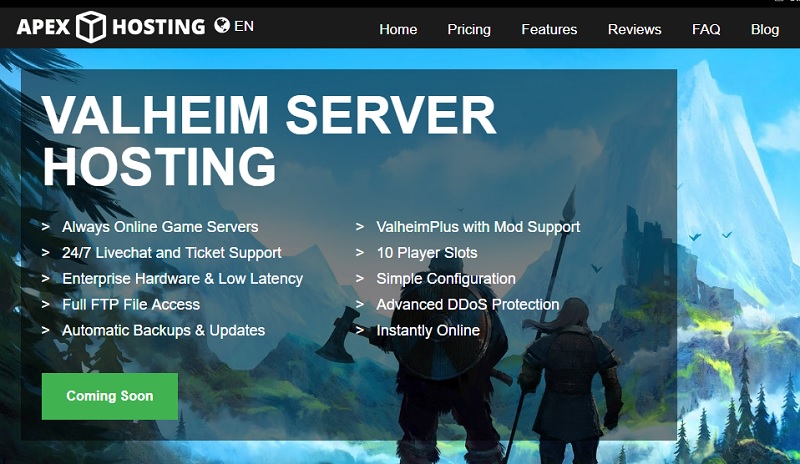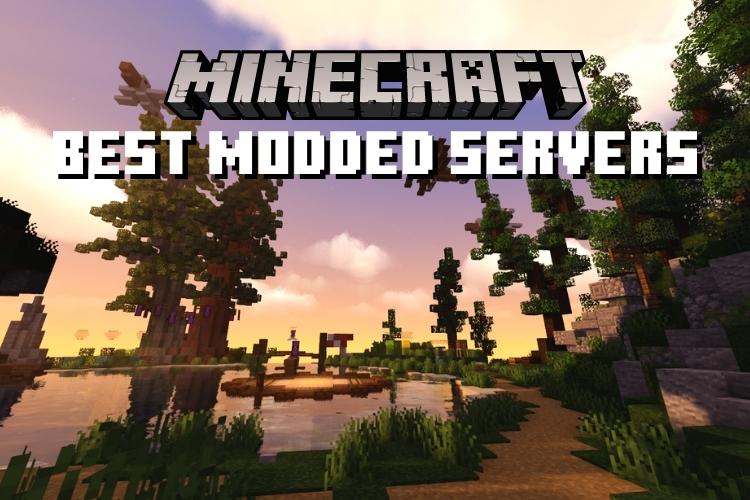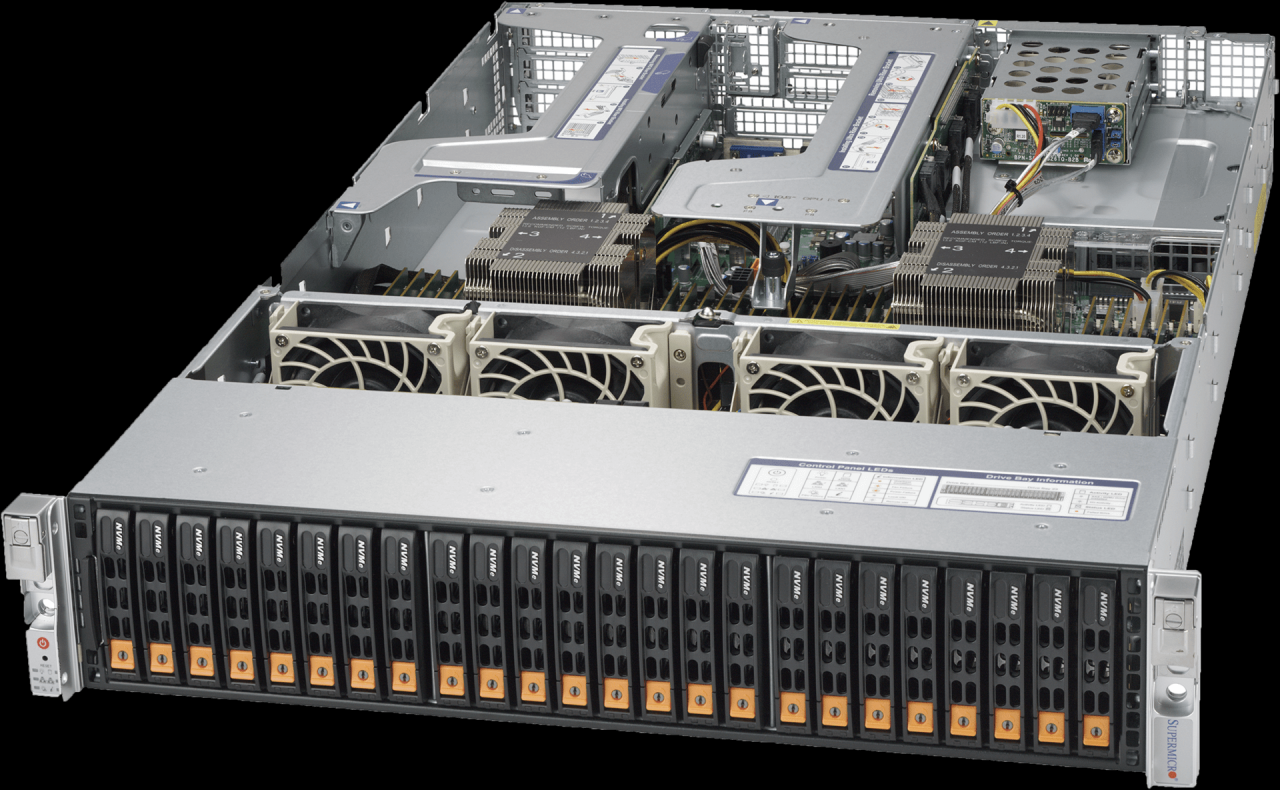Valheim server hosting opens the door to a thrilling world of Viking adventures, allowing you and your friends to explore the vast and unforgiving realms of Valheim together. Whether you’re a seasoned Viking warrior or a newcomer to the world of Valheim, hosting your own server provides unparalleled flexibility and control over your gameplay experience.
This comprehensive guide will delve into the intricacies of Valheim server hosting, covering everything from choosing the right hosting provider to optimizing server performance and managing your own Viking community. We’ll explore the various hosting options available, provide step-by-step instructions for setting up and configuring your server, and offer valuable insights into server security, maintenance, and troubleshooting.
Setting Up a Valheim Server
Setting up a Valheim server allows you and your friends to embark on Viking adventures together. This guide will walk you through the steps, from choosing a server type to customizing game settings.
Choosing a Server Type
You have two primary options for hosting your Valheim server:
- Dedicated Server: This option provides optimal performance and dedicated resources for your server. It’s recommended for larger groups or if you want a consistently stable server experience.
- Client Hosting: This option allows you to run the server directly from your computer. It’s simpler to set up but may experience performance issues if your computer is also being used for other tasks.
Installing and Running the Server
- Download the Server Files: Visit the official Valheim website and download the server files. You’ll need to extract these files to a designated location on your computer.
- Create a Server Configuration File: Within the extracted files, you’ll find a “start_server.bat” file (Windows) or “start_server.sh” file (Linux/macOS). Open this file in a text editor and configure the server settings as desired.
- Start the Server: Run the “start_server.bat” or “start_server.sh” file to launch your Valheim server. You should see a console window with server messages and logs.
Configuring Server Settings
The “start_server.bat” or “start_server.sh” file allows you to customize various server settings. Here are some key options:
- Server Name: The name that will appear in the server list.
- World Seed: This determines the unique layout and features of your game world.
- Max Players: The maximum number of players allowed on your server.
- Difficulty: Adjust the game’s difficulty level, affecting enemy strength and resource availability.
- Save World Interval: How often the server automatically saves the game world.
Managing Mods
Valheim mods can enhance your gameplay experience by adding new items, features, and mechanics. Here’s how to install and manage mods on your server:
- Find Mods: Search for mods on popular platforms like Nexus Mods or Valheim Nexus.
- Install Mods: Most mods come in the form of .dll files. Place these files in the “valheim_server_data” folder within your server’s installation directory.
- Manage Mod Order: The order in which mods are loaded can affect compatibility. Use a mod manager or adjust the order of files in the “valheim_server_data” folder to ensure proper functionality.
Troubleshooting
If you encounter issues with your server, consider the following troubleshooting steps:
- Check Server Logs: The server console window will display error messages and logs. Review these for clues about potential problems.
- Verify Mod Compatibility: Ensure that all installed mods are compatible with your server version and other mods.
- Restart the Server: A simple restart can often resolve temporary issues.
Server Administration and Maintenance

Maintaining a Valheim server requires consistent effort to ensure smooth gameplay for you and your friends. Server administration involves various tasks, including keeping the server up-to-date, monitoring its performance, and troubleshooting any issues that arise.
Server Updates
Keeping your server up-to-date is crucial for a smooth and secure gaming experience. Updates often include bug fixes, performance improvements, and new features.
- Regularly check for new Valheim server updates. You can find information about the latest updates on the official Valheim website or through community forums.
- Update your server software as soon as new versions are released. This ensures that your server is running the latest version and benefits from the latest bug fixes and security patches.
- Before updating, make sure to back up your server data to prevent data loss.
Server Monitoring
Monitoring your server’s performance is essential for identifying potential issues before they impact gameplay.
- Use server monitoring tools to track key metrics like CPU usage, RAM consumption, and network traffic.
- Monitor server logs for error messages or unusual activity. Logs can provide valuable insights into potential problems and help you identify the root cause.
- Regularly check the server’s uptime and ensure it’s running smoothly.
Server Troubleshooting
Troubleshooting server issues can range from simple configuration problems to more complex technical challenges.
- Use server logs to identify the source of the issue. Logs often contain error messages that provide valuable clues about the problem.
- Check your server configuration settings and ensure they are appropriate for your server’s resources and the number of players.
- If you encounter persistent issues, seek help from the Valheim community or consult online resources for troubleshooting tips.
Server Maintenance, Valheim server hosting
Regular server maintenance is essential for optimal performance and stability.
- Schedule regular server restarts to clear out any accumulated temporary files and ensure optimal performance.
- Back up your server data regularly to prevent data loss in case of hardware failures or accidental deletions.
- Update your server software and game files regularly to benefit from the latest bug fixes, security patches, and performance improvements.
Server Community Management
A thriving Valheim server community is the lifeblood of a successful and enjoyable experience. A strong community provides a sense of belonging, fosters collaboration, and enhances the overall gameplay experience.
Managing Server Communication
Effective communication is crucial for building a positive and vibrant server community.
- Establish Clear Communication Channels: Create dedicated channels for server announcements, discussions, and player feedback. This could be a Discord server, a dedicated forum, or even an in-game chat system. Ensure that players are aware of these channels and how to access them.
- Set Expectations and Rules: Clearly define server rules and expectations, including acceptable behavior, language, and gameplay practices. This helps to maintain a positive environment and address potential conflicts proactively. These rules can be posted in the server’s communication channels and should be readily accessible to all players.
- Encourage Player Interaction: Promote player interaction through events, challenges, and social activities. Organize regular events, such as server-wide raids, building competitions, or even themed evenings. These events encourage collaboration and create opportunities for players to connect and build relationships.
- Provide Regular Updates: Keep players informed about server updates, maintenance schedules, and any changes to rules or policies. This helps to maintain transparency and build trust within the community. Regular updates can be posted in the server’s communication channels, or even through a dedicated website or social media page.
Fostering a Positive Environment
A positive server environment is essential for player retention and enjoyment.
- Promote Respect and Tolerance: Emphasize the importance of respectful communication and tolerance for diverse perspectives. Establish clear guidelines for appropriate language and behavior, and take action against any instances of harassment or discrimination. These guidelines should be clearly communicated to players and consistently enforced.
- Encourage Collaboration and Teamwork: Create opportunities for players to collaborate on projects, solve problems together, and support each other. This can be achieved through in-game events, challenges, or even simply by encouraging players to help each other out. By promoting teamwork and cooperation, players can develop a sense of community and shared purpose.
- Address Conflicts Promptly: Respond promptly and fairly to any conflicts or disagreements that arise within the community. This may involve mediating disputes, enforcing rules, or simply providing a platform for players to voice their concerns. A swift and just response to conflicts helps to maintain a positive and stable environment.
- Celebrate Achievements: Recognize and celebrate player achievements, whether it’s completing a challenging quest, building an impressive structure, or simply being a helpful and positive member of the community. This helps to foster a sense of accomplishment and pride, and encourages players to continue contributing to the server’s success. Public recognition of player achievements can be done through in-game announcements, community forums, or even a dedicated leaderboard.
Engaging with Players
Engaging with players is key to building a strong and active server community.
- Use In-Game Tools: Utilize in-game tools, such as chat, announcements, and events, to communicate with players and create a sense of community. In-game events, such as server-wide raids or building competitions, can foster collaboration and provide opportunities for players to connect.
- Utilize External Platforms: Leverage external platforms, such as Discord, forums, or social media, to facilitate communication, organize events, and gather player feedback. Discord servers can be used for real-time communication, while forums and social media platforms can be used for longer-form discussions and announcements. These platforms can also be used to gather player feedback and suggestions, which can be used to improve the server experience.
- Host Regular Events: Organize regular events, such as server-wide raids, building competitions, or even themed evenings. These events provide opportunities for players to collaborate, have fun, and build relationships. They can also be used to introduce new players to the community and encourage participation.
- Encourage Feedback: Create a culture of feedback and actively seek out player input on how to improve the server experience. This can be done through surveys, polls, or even simply by asking players for their thoughts and suggestions. Valuing player feedback demonstrates a commitment to creating a positive and enjoyable experience for everyone.
Conclusion: Valheim Server Hosting
Hosting a Valheim server allows you to forge unforgettable memories with friends, build a thriving community, and embark on epic Viking adventures together. By understanding the key aspects of server hosting, you can create a seamless and enjoyable experience for yourself and your fellow Vikings. So, gather your friends, sharpen your axes, and prepare to conquer the world of Valheim on your own terms.
Setting up a Valheim server for you and your friends can be a great way to experience the game together. While you’re working on that, why not build a DIY climbing wall in your backyard? It’s a fun way to stay active and get ready for those epic Valheim battles.




